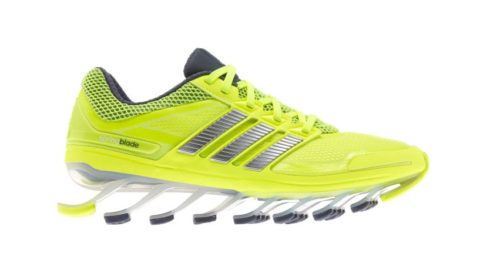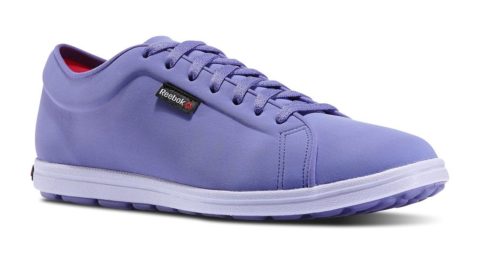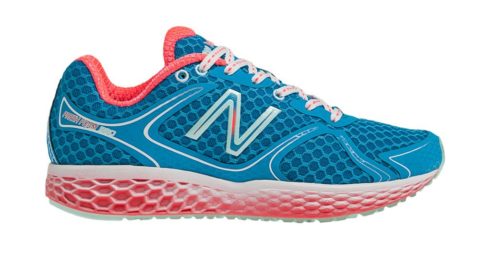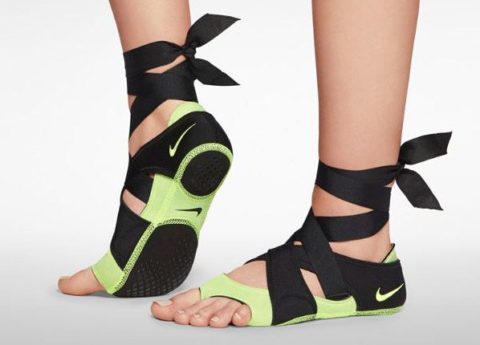Best workout shoes: Expert tips on finding your perfect fit, plus 5 pairs to try now
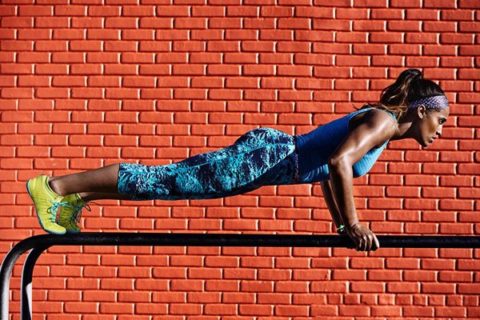
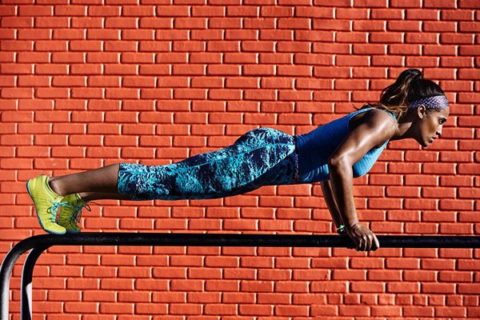
See our top workout shoe picks »
Sneakers are getting mileage this spring—both on and off the treadmill. The fashion set is pairing sporty kicks with anything and everything (A Chanel ensemble with tweed lace-ups? Yes, please!) While choosing footwear to complement your #ootd is a matter of taste, decoding what shoe fits your workout can seem daunting. Barefoot style or thick soled? Minimalist or supportive? Here are some tips on navigating the shoe wall from Colin Dombroski, PhD, pedorthist (expert in orthotics and footwear), and clinical and research director of SoleScience in London, Ont.
Find one that fits
“Do away with the notion that if you’re a size 8, you’re always going to be a size 8,” says Dombroski. “You could be up to a full size different between manufacturers.” When trying on a shoe, make sure to have a pinky’s width between your longest toe and the end of the shoe, and ensure the widest part of your foot lines up with the widest part of the sneaker. “You should feel a little bit of pressure on both sides, but not so much that it makes your toes numb,” he says.
Consider your biomechanics
Some people roll their feet toward the middle of their body (pronators) while others tilt toward the outer edge of their feet (supinators)—this can happen to varying degrees. Overpronators, for instance, need a stability shoe, says Dombroski, which gives extra support on the inside of the foot and around the heel. It’s best to consult with an expert to assess how you step, since that will determine what type of footwear you need: cushioning, neutral, motional control or stability.
Think about your injuries
Today there’s a trend toward minimalist shoes, which mimic barefoot running. That means thin soles and a low drop (the distance in millimetres from the heel to the toe). “What we know is that if you pick your type of drop, you’re really picking the type of injury you’re prone to,” says Dombroski. “For people who have had past Achilles’ tendon injuries, [a low drop shoe] might be a bad shoe for them…. If someone’s had a lot of forefoot problems, like numb toes or pain under the balls of their feet, the higher up the heel goes, the more pressure on the front part of the foot.”
Cater to your activity
“Heel height can relate to the type of activity you do,” says Dombroski. “So the reason why you wouldn’t want to wear a running shoe for something like CrossFit, is that CrossFit can be aggressive and explosive in side-to-side motion. Traditional running shoes can have a higher heel, and while that might be efficient for forward-backward motion, it puts your ankle in a position that makes you less stable side to side.” And while you can use running shoes for walking most of the time, he advises against using walking shoes for running.

